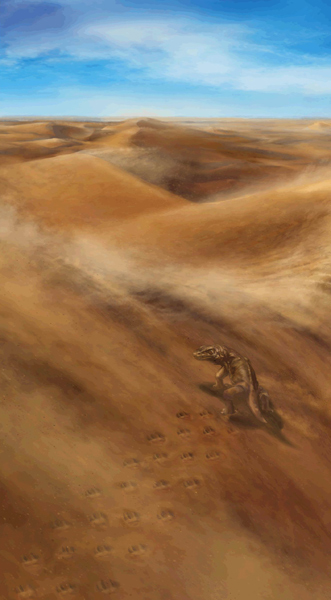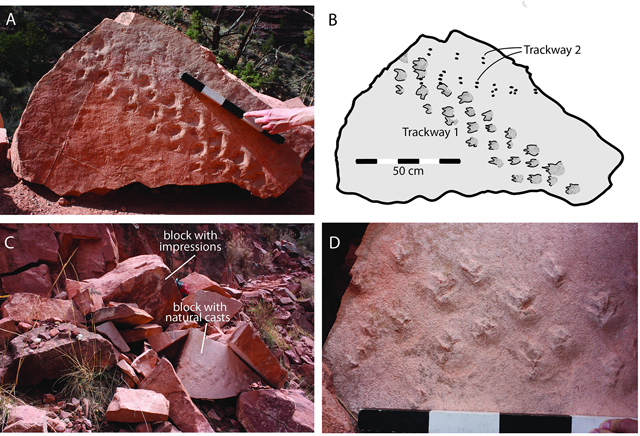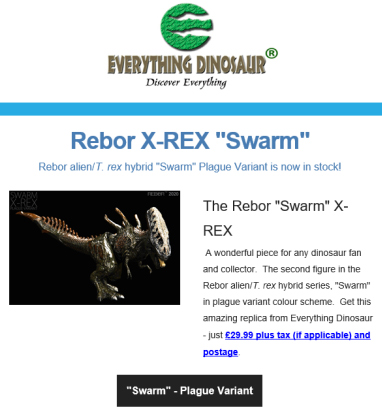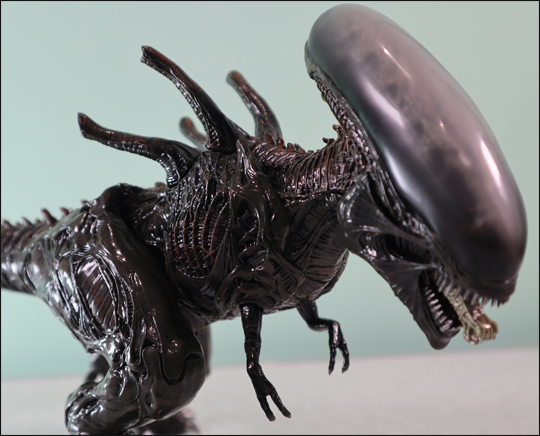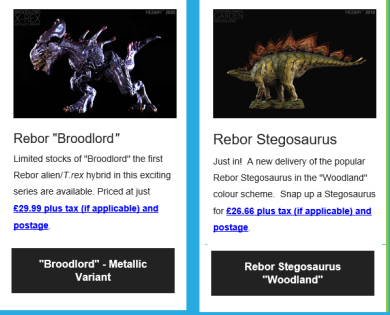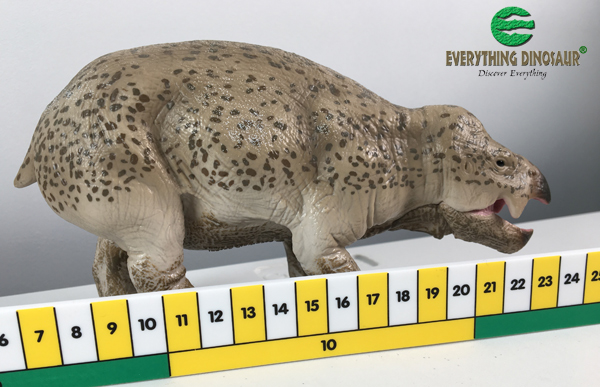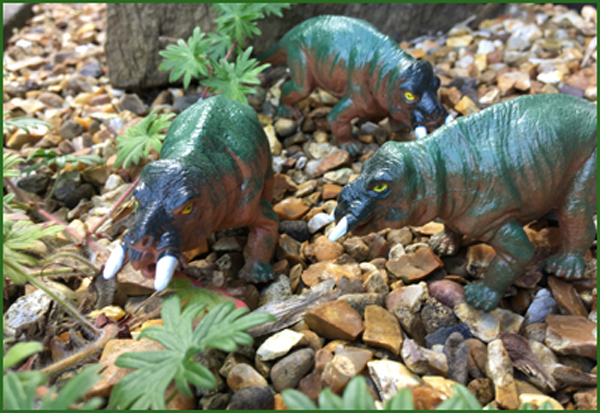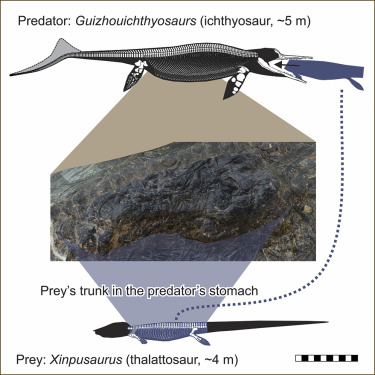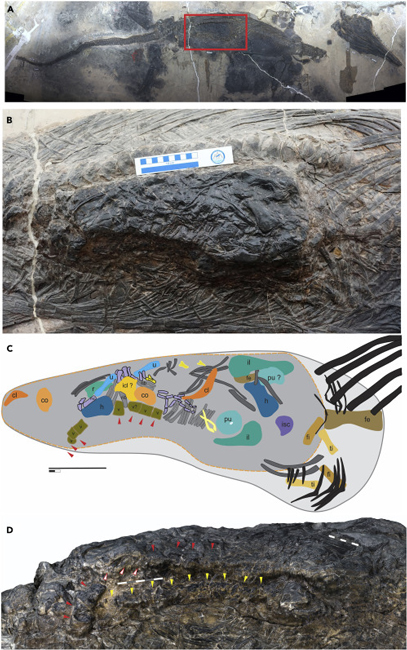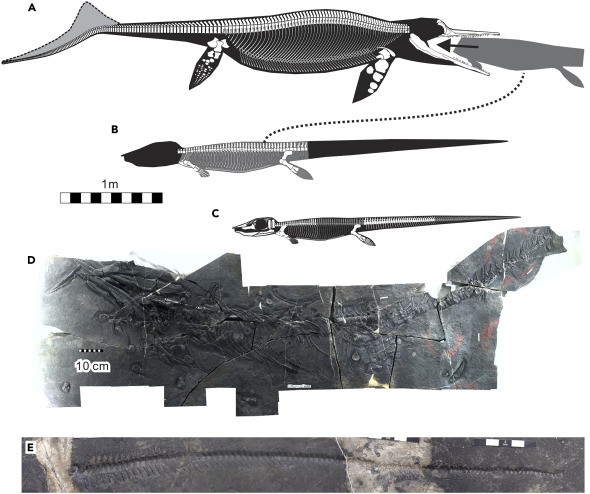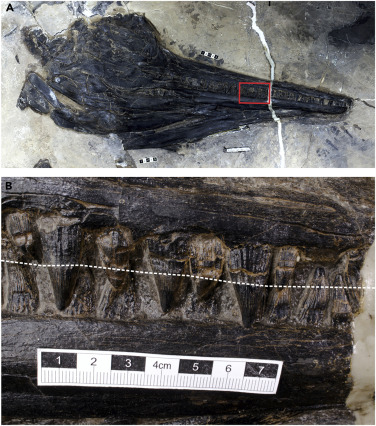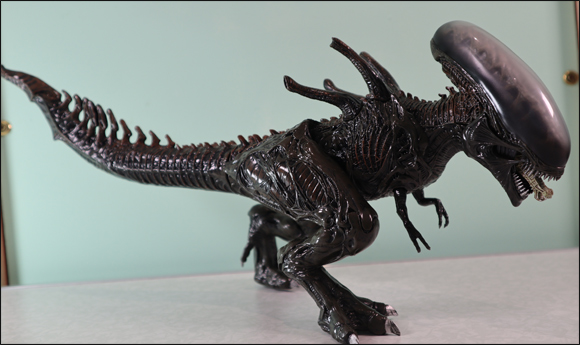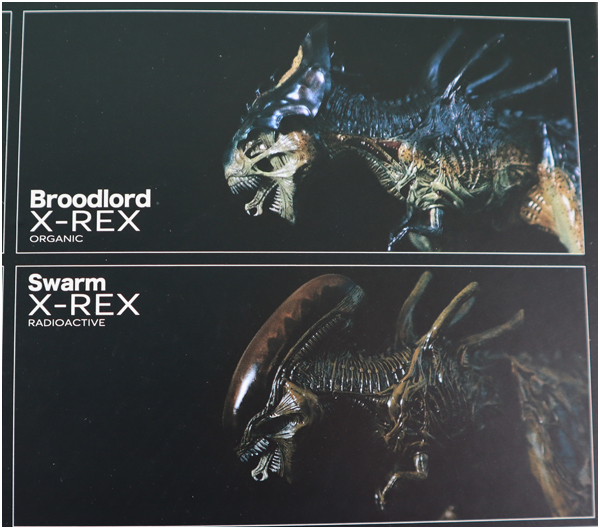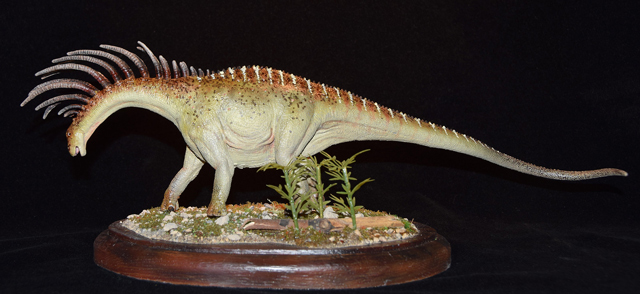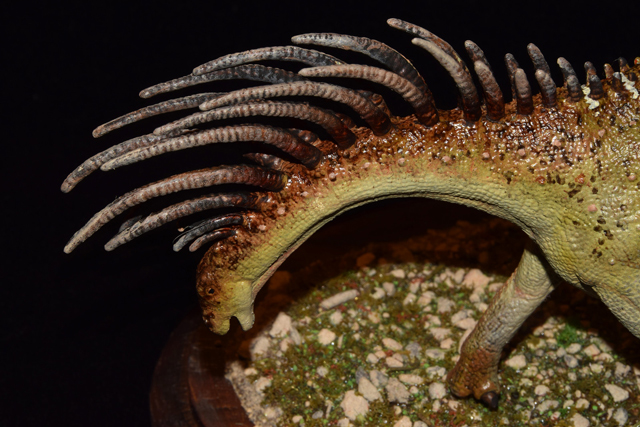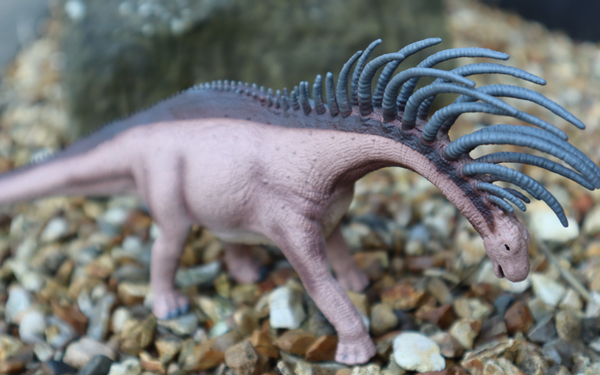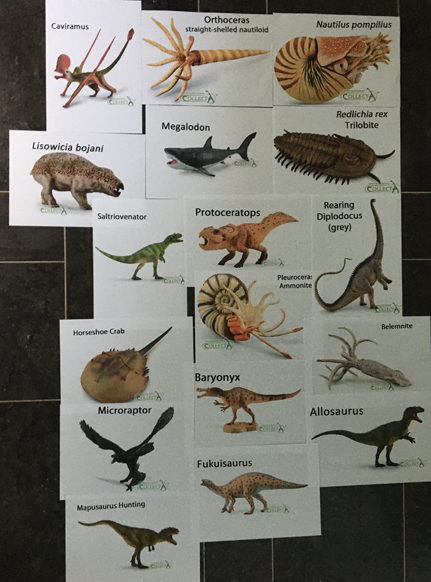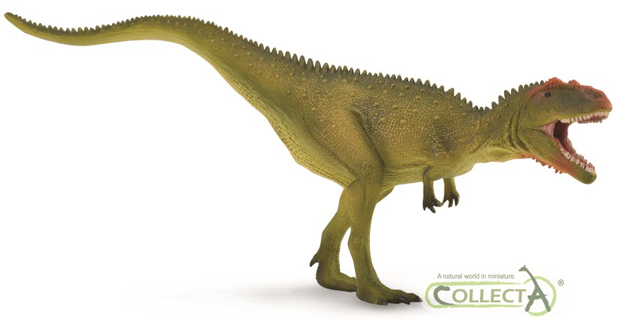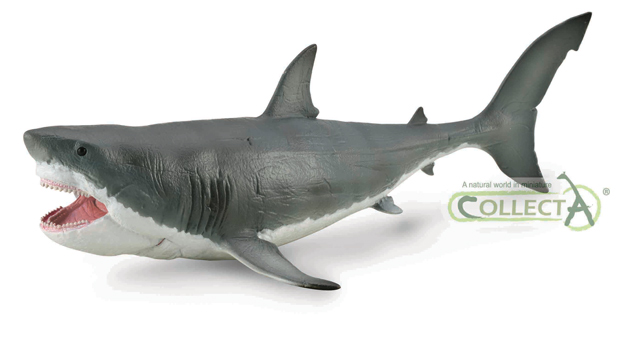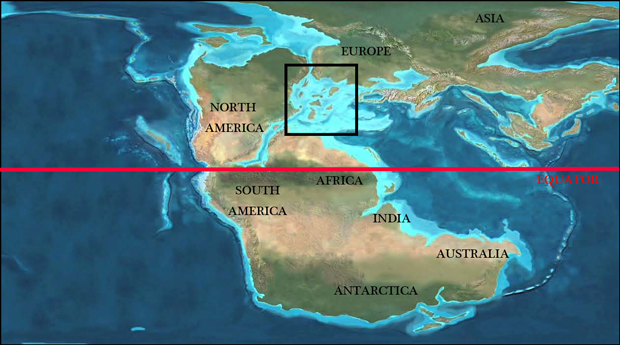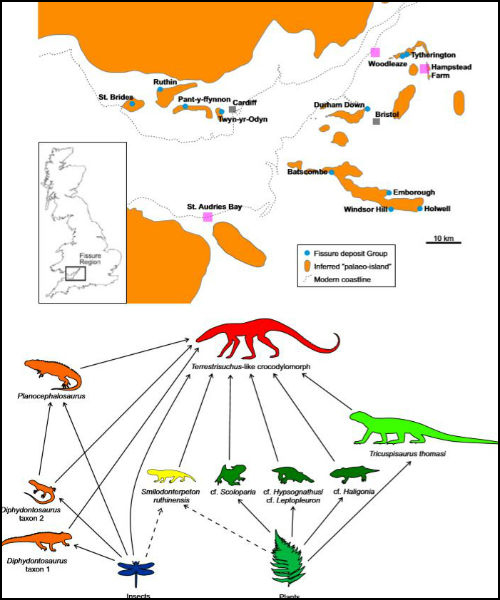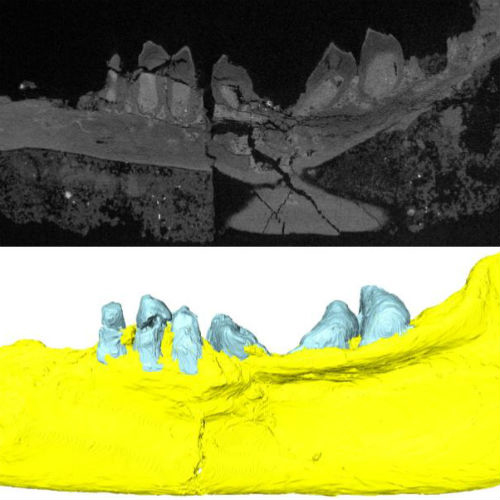Comprehensive Journal on Pennaraptoran Theropods Published (Past Progress and New Frontiers)
Comprehensive Review of Dinosaur/Bird Relationship Published
The evolution of the Aves (birds), can be regarded as one of the most significant moments in tetrapod evolution. From their Mesozoic origins, the birds have thrived and today they have a global distribution and still outnumber the Mammalia in terms of extant species. Spectacular fossils, particularly those from northern China, demonstrate that birds are members of the Theropoda.
Numerous palaeontologists and other scientists have got together to publish a comprehensive overview of that part of the Theropoda most closely related to living birds. The volume entitled “Pennaraptoran Theropod Dinosaurs – Past Present and New Frontiers” has been edited by Research Assistant Professor Dr. Michael Pittman of Hong Kong University and Professor Xing Xu (Chinese Academy of Sciences).
Pennaraptoran Theropod Dinosaurs – Past Progress and New Frontiers
Picture credit: Bulletin of the American Museum of Natural History and Julius T Csotonyi
The Origin of Birds
The Pennaraptora are a clade that consists of the Aves, as well as the pennaceous feathered dromaeosaurids, troodontids, oviraptorosaurians and the scansoriopterygids. It was erected relatively recently (2014), it is defined as the most recent common ancestor of Oviraptor philoceratops, the “raptor” Deinonychus antirrhopus, and Passer domesticus (the house sparrow), and all descendants. To improve understanding about this clade the International Pennaraptoran Dinosaur Symposium (IPDS), was held at the University of Hong Kong in the spring of 2018 and as a follow-up to this event, a special volume detailing the scientific papers and research has been published in the journal “Bulletin of the American Museum of Natural History”.
The symposium permitted the drafting of a comprehensive cladogram demonstrating evolutionary relationships within the Pennaraptora.
Evolutionary Tree of Pennaraptoran Theropods
Picture credit: Pittman et al
Commenting on the significance of this volume, co-editor Dr Pittman stated:
“The volume documents past progress, works toward consensus on key unresolved issues, breaks new ground in the field and identifies priority areas for future research.”
Split into Three Sections
The publication has been divided into three main sections and consists of fourteen chapters:
1). The Fossil Record, Systematics and Biogeography – how fossils have shaped the definition of the clade.
2). Anatomical Frontiers – with a focus on recent fossil discoveries particularly related to the manus (hand) and the skull.
3). Early Flight Study – research into the origin and evolution of powered flight.
Incisivosaurus – A Primitive Member of the Oviraptorosauria
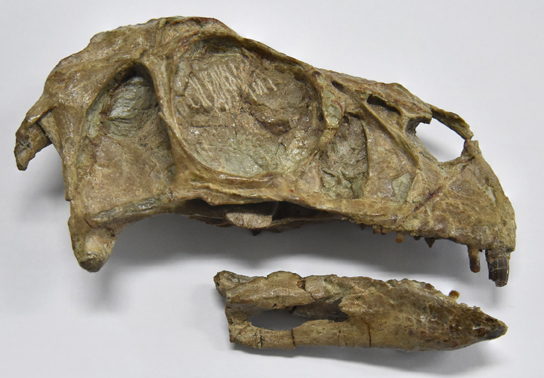
Picture credit: Xing Xu and Waisum Ma
Examining the Relationship Between Extant Aves and Theropod Dinosaurs
The third part of the volume, looking at the evolution of flight examines recent efforts to identify the small pennaraptorans that first took to the skies, what their flight capabilities were and how their flight might have been acquired. A new broader context is postulated for flight behaviour as part of a functional landscape. Wing-assisted incline running (WAIR), a behaviour seen in modern birds that is proposed as an early stage of flight development, is argued as a later innovation based on a study of modern ostriches.
Co-editor Professor Xu commented:
“The volume involved 49 experts from more than 10 countries whose views cover much of the current discussion on pennaraptoran palaeobiology and evolution.”
One of the contributors, Dr Daniel Field (Cambridge University), added:
“This is a landmark volume that advances our understanding of pennaraptoran dinosaurs and identifies key areas to address in the years ahead.”
Sapeornis chaoyangensis – An Early Cretaceous Avialan
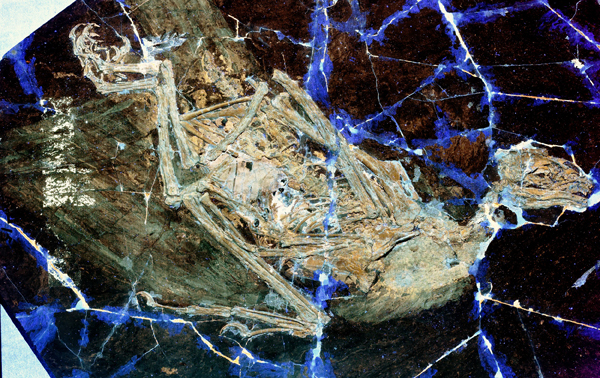
Picture credit: Serrano et al
Everything Dinosaur acknowledges the assistance of a media release from Hong Kong University in the compilation of this article.
The award-winning website of Everything Dinosaur: Everything Dinosaur.




